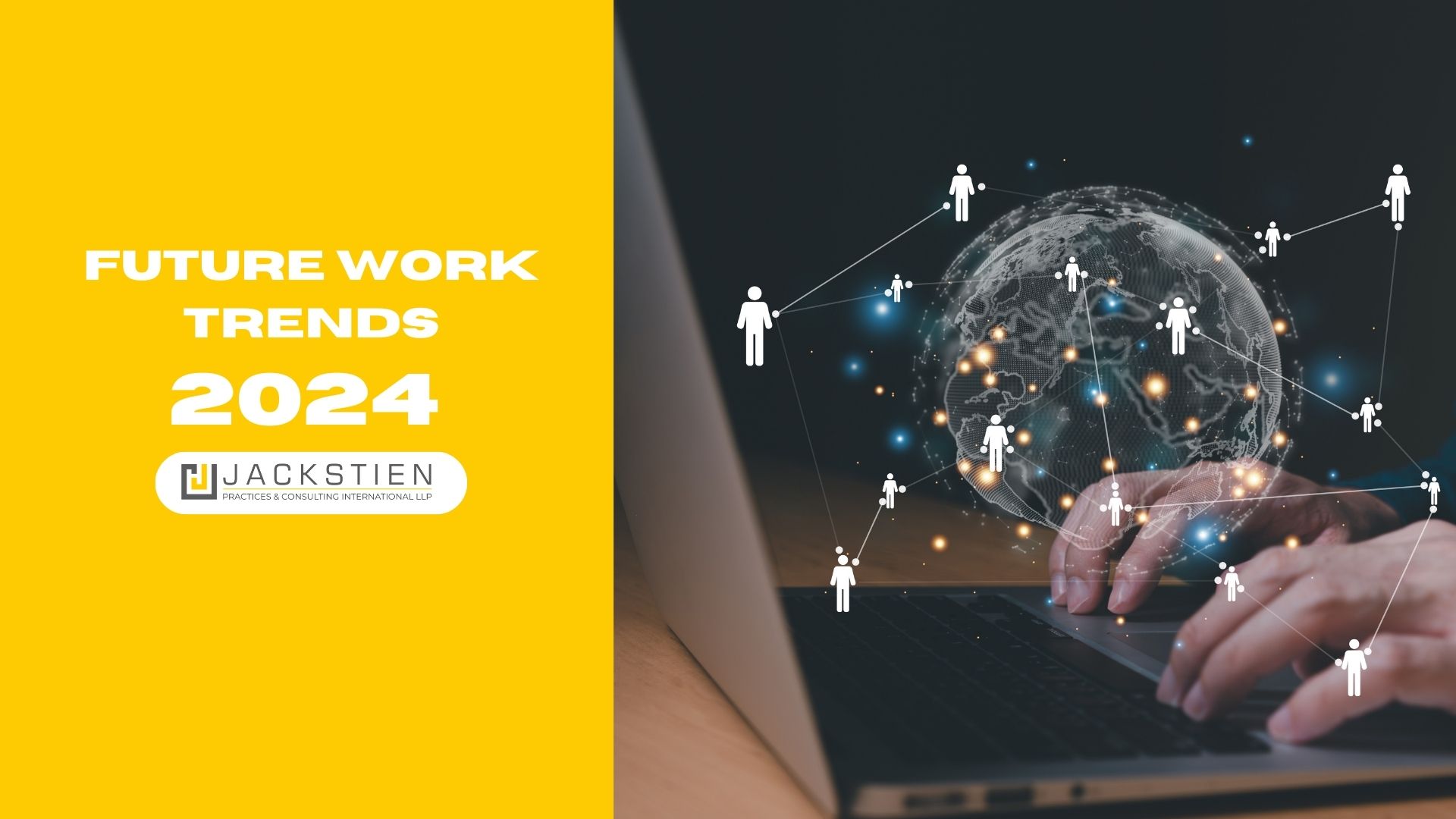Hybrid work, remote work, distributed teams – all these are terms that are used interchangeably.
They have points of similarity of course, but there are more differences that are relevant.
With the growing popularity of Hybrid work, understanding the difference between these two team structures is essential for effective team management. This article provides an in-depth analysis of what constitutes Hybrid vs what constitutes Distributed teams, their key differences, advantages and disadvantages, and factors to consider when choosing between them. Additionally, it will explore strategies for managing these teams effectively and the tools and technologies that can support their management. By the end of the article, readers will have a comprehensive understanding of Hybrid vs distributed teams and how to optimize their management for success.
Hybrid Teams vs Distributed Teams – Introduction
The concept of Hybrid vs distributed teams has, obviously, gained significant traction in recent years due to advances in technology and an increased focus on work-life balance. Both Hybrid and distributed teams involve employees working from locations outside of a traditional office environment. However, there are crucial differences in the way these teams function and are managed. Understanding these differences is vital for businesses looking to capitalize on the benefits of Hybrid work while avoiding potential pitfalls.
Defining Hybrid Work and Teams
Hybrid teams are groups of employees who work from various locations and are not required to be physically present at the company’s office at all times. These teams can be composed of individuals working from office, from home or co-working spaces, or even some working full time from home with others working full-time from the office. The term hybrid can be applied to how an individual’s work location or the team’s work location is structured or, ultimately, how the organization’s policies themselves are structured. Hybrid teams rely heavily on digital communication tools such as email, video conferencing, and messaging platforms to collaborate and complete tasks. The key aspect of Hybrid teams is that they are still tied to a central office or headquarters, with some employees working on-site and others working in a Hybrid fashion (“hybridly?”)
Defining Distributed Teams
Distributed teams, on the other hand, do not have a central office or headquarters. Instead, employees work from various locations around the world, often in different time zones. These teams are entirely ‘remote’ vis-a-vis each other as well as the organization, with no physical office space for employees to report to. Like Hybrid teams, distributed teams rely heavily on digital communication tools to collaborate and stay connected. However, distributed teams typically have a more flexible structure, with employees working autonomously and taking responsibility for their tasks and schedules, with a higher element of ‘async’ or ‘asynchronous’ work.
Hybrid Work vs Distributed Structures – Managing Teams
There are several key differences between Hybrid and distributed teams that can impact their management and overall effectiveness.
Centralized vs Decentralized Management: Hybrid teams are often managed from a central office, with employees reporting to on-site managers or supervisors. In contrast, distributed teams have a decentralized management structure, with team members collaborating and making decisions collectively.
Communication and Collaboration: While both Hybrid and distributed teams rely on digital communication tools, distributed teams may face additional challenges due to time zone differences and the lack of a central office for in-person meetings.
Culture and Team Bonding: Hybrid teams often have a mix of on-site and Hybrid employees, which can lead to a stronger connection to the company culture. On the other hand, distributed teams may need to put more effort into fostering team bonding and maintaining a cohesive company culture.
Autonomy and Flexibility: Distributed teams typically offer greater autonomy and flexibility for employees, with more freedom to set their schedules and work independently. Hybrid teams may still have some degree of flexibility but are often subject to more oversight from on-site managers.
Pros and Cons of Hybrid Teams
Pros
Cost Savings: Hybrid teams can help companies reduce but not completely eliminate office space, utilities, and other overhead expenses associated with maintaining a physical office.
Expanded Talent Pool: By allowing certain employee teams or functions to work remotely under the overall Hybrid structure, companies can tap into a broader pool of talent, without being limited by geographical constraints.
Increased Productivity: Studies have shown that Hybrid and remote workers are often more productive than their in-office counterparts, as they experience fewer distractions and have greater control over their work environment.
Improved Work-Life Balance: Hybrid and remote work can enable employees to achieve a better work-life balance by eliminating long commutes and offering greater flexibility in their schedules.
Cons
Limited Face-to-Face Interaction: Hybrid teams may struggle with limited face-to-face interaction, leading to potential communication issues and a lack of team cohesion.
Difficulty Monitoring Performance: Managers may find it challenging to monitor the performance of Hybrid employees, leading to concerns about productivity and accountability.
Potential Isolation: Hybrid employees may experience feelings of isolation and disconnection from their colleagues and the company culture.
Pros and Cons of Distributed Teams
Pros
Global Reach: Distributed teams can help companies expand their global reach, enabling them to access new markets and better serve international customers.
Diverse Perspectives: By employing team members from different countries and cultures, distributed teams can bring diverse perspectives to the table, fostering innovation and creative problem-solving.
Scalability: Distributed teams are often more easily scalable than Hybrid teams, as there is no need for a central office to accommodate additional employees.
Resilience: With employees spread across different locations, distributed teams may be more resilient in the face of natural disasters, political instability, or other events that could disrupt a central office.
Cons
Communication Challenges: Distributed teams may face more significant communication challenges due to time zone differences and the lack of a central office for in-person meetings.
Maintaining Company Culture: It can be more challenging to establish and maintain a strong company culture in distributed teams, as employees may feel less connected to the organization.
Legal and Regulatory Issues: Companies with distributed teams may need to navigate complex legal and regulatory issues related to employment, taxes, and data privacy in multiple jurisdictions.
Factors to Consider When Choosing between Hybrid and Distributed Teams
When deciding between Hybrid and distributed teams, businesses should consider several factors, including:
Business Goals: Consider the company’s overall goals and how each team structure can support those objectives.
Nature of the Work: Evaluate the type of work being performed and whether it lends itself to Hybrid or distributed teams.
Company Culture: Assess the company’s culture and values to determine which team structure would be the best fit.
Management Style: Consider the management style and preferences of the organization and how they align with Hybrid or distributed teams.
Available Resources: Analyze the resources available, such as budget, technology, and talent, to determine which team structure is most feasible.
Strategies for Managing Hybrid and Distributed Teams Effectively
Regardless of whether a company chooses a Hybrid or distributed team structure, effective management is crucial for success. Some strategies for managing these teams effectively include:
Establish Clear Expectations: Set clear expectations for employees regarding work hours, communication, and project deliverables.
Foster Open Communication: Encourage open communication and provide employees with the tools and platforms necessary to collaborate effectively.
Regular Check-Ins: Schedule regular check-ins with team members to discuss progress, address concerns, and provide feedback.
Promote Team Bonding: Create opportunities for team bonding, such as virtual team-building activities or occasional in-person retreats.
Emphasize Professional Development: Encourage team members to pursue professional development opportunities and provide resources to support their growth.
Tools and Technologies for Hybrid Work and Distributed Team Management
Several tools and technologies can help businesses manage Hybrid and distributed teams effectively. Some popular options include:
Communication Platforms: Tools such as Slack, Microsoft Teams, and Google Chat can facilitate real-time communication and collaboration among team members.
Video Conferencing: Platforms like Zoom, Google Meet, and Microsoft Teams can support virtual meetings and face-to-face interactions among team members.
Project Management Software: Tools like Asana, Trello, and Basecamp can help teams track progress on projects, assign tasks, and collaborate on deliverables.
Time Zone Management: Apps like World Time Buddy and Every Time Zone can help employees schedule meetings and coordinate work across different time zones.
File Sharing and Storage: Cloud-based services like Google Drive, Dropbox, and Boxcan facilitate easy file sharing and storage, allowing team members to access and collaborate on documents from anywhere.
Conclusion and Recommendations for Optimal Team Management
Understanding the key differences between Hybrid and distributed teams is crucial for effective team management. Both team structures offer unique advantages and disadvantages, and businesses must evaluate their specific needs and goals when deciding which structure is best suited for their organization. In managing these teams effectively, companies must establish clear expectations, foster open communication, and create opportunities for team bonding and professional development.
To optimize team management, businesses should also leverage the tools and technologies available to support Hybrid and distributed team collaboration. Communication platforms, video conferencing, project management software, time zone management apps, and cloud-based file sharing and storage services are just a few of the many tools that can support effective team management.
Overall, Hybrid and distributed teams offer exciting opportunities for businesses to expand their talent pool, increase productivity, and achieve a better work-life balance for employees. By understanding the key differences between these teams and implementing effective management strategies and tools, companies can optimize their team management and succeed in today’s rapidly evolving work landscape.


